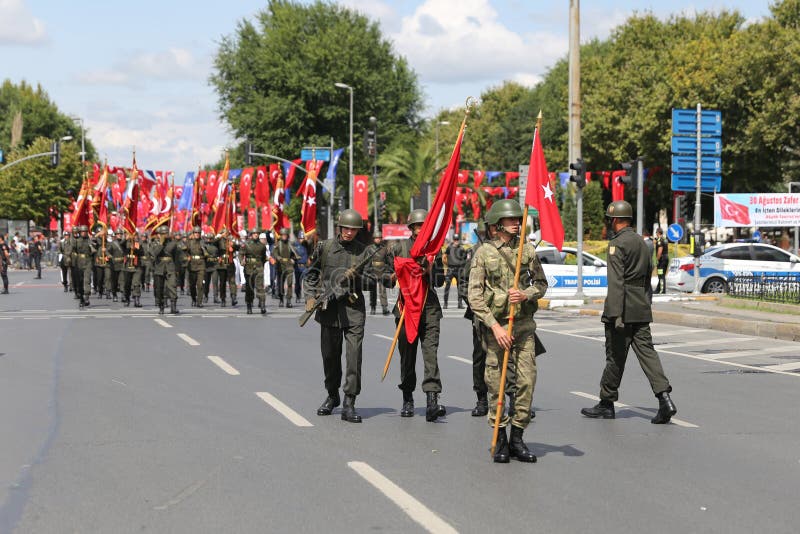
He was elected as Commander in Chief and organized the remaining Ottoman forces, as well as irregular forces under the Ankara government’s central command, creating a new army that eventually defeated the occupying forces. Mustafa Kemal took the leadership in convening two national congresses with representatives from all over the Empire in Erzurum and Sivas, followed by the forming of a national parliament in Ankara on April 23, 1920. Several leading Ottoman army generals and their troops joined Mustafa Kemal and signed the Declaration of Amasya on June 22, 1919, declaring that the unity of the country and the liberty of the people were in danger, that the Istanbul government was inept to save the nation and that “the liberty of the nation was to be saved by the nation’s own perseverance and will.” This declaration included the first signs of Ataturk’s vision of national sovereignty and democratic rule for the Turkish people. Demonstrations followed across the country. He dispatched telegrams to local resistance organizations all over Anatolia to organize mass demonstrations protesting the occupation and to inform the public about the gravity of the situation. In Havza, Ataturk’s historic mission unfolded. Realizing that Samsun, already under British occupation and surrounded by Greek irregular forces, was no longer safe, Mustafa Kemal moved his staff to Havza, about 85 km inland, on May 25.

This signaled the beginning of the national liberation struggle. Mustafa Kemal dispatched his first report to the Ottoman Sultan on May 22, underlining that Turks would not accept foreign subjugation and longed for national sovereignty. He immediately left Istanbul aboard an old steamer, arriving in Samsun on May 19, 1919. Mustafa Kemal, whose public and military standing was solidified as the military commander who won the Ottoman victory in Gallipoli, was assigned the post of Inspector General of the Ottoman Armies to Anatolia. Civilian resistance began building up against the occupation, but without a sense of direction or coordination. The Mondros agreement, designed to decimate the Ottoman empire, was being implemented step-by-step with the final insult to the Ottomans coming with the invasion of Izmir and a violent advance into Anatolia by the Greek army. The defeated Ottoman government had signed the Mondros agreement with the Allied forces, relinquishing almost all of its territories, except for a small Anatolian heartland, to Britain, Italy, France and Greece. The man, who would later be known to the world as Ataturk, stepped ashore on this Black Sea Coast town of Samsun to embark on a journey that would ultimately create the Republic of Turkey and a new nation state. On this day, a young Ottoman general, Mustafa Kemal, arrived in Samsun.


The day also honours the founder of modern Turkey, Mustafa Kemal Atatürk.Marks the beginning of the Turkish War of National Liberation, a turning point in Turkey's history. Victory Day was first celebrated in only a few cities in Turkey – such as Ankara, Izmir and Afyonkarahisar – on August 30, 1923. The outcome of the battle, which took place in Kütahya province in western Turkey, determined the overall outcome of the Turkish War of Independence (1919-1923).Īlthough foreign forces left the country for good in the autumn of 1922, Turkish people accept August 30 as the date of the Turkish troops’ overall victory. Victory Day commemorates the Turkish victory over Greek forces in the Battle of Dumlupınar (August 26-30, 1922). Atatürk commanding his troops at the Battle of Dumlupınar.This led to the start of the Turkish War of Independence in 1919, with the Turkish forces led by General Mustafa Kemal. Every nation has days of special significance.įor Turkey, one of the most important days in the country’s history is August 30, Zafer Bayramı (Victory Day).įollowing the defeat of the Ottoman Empire at the end of World War I, Turkey was occupied by allied forces.


 0 kommentar(er)
0 kommentar(er)
